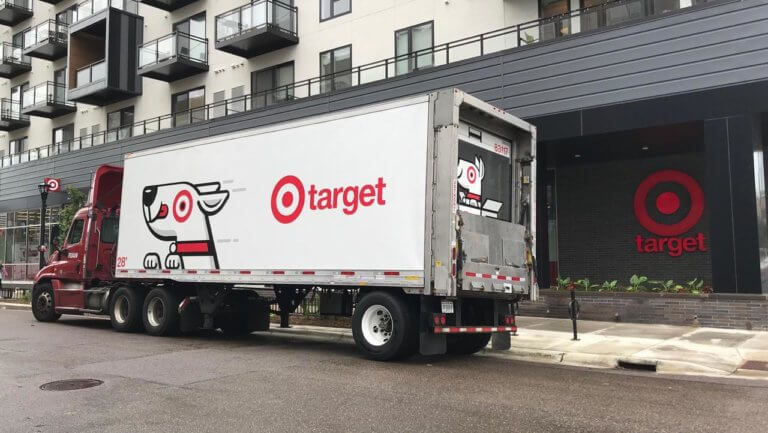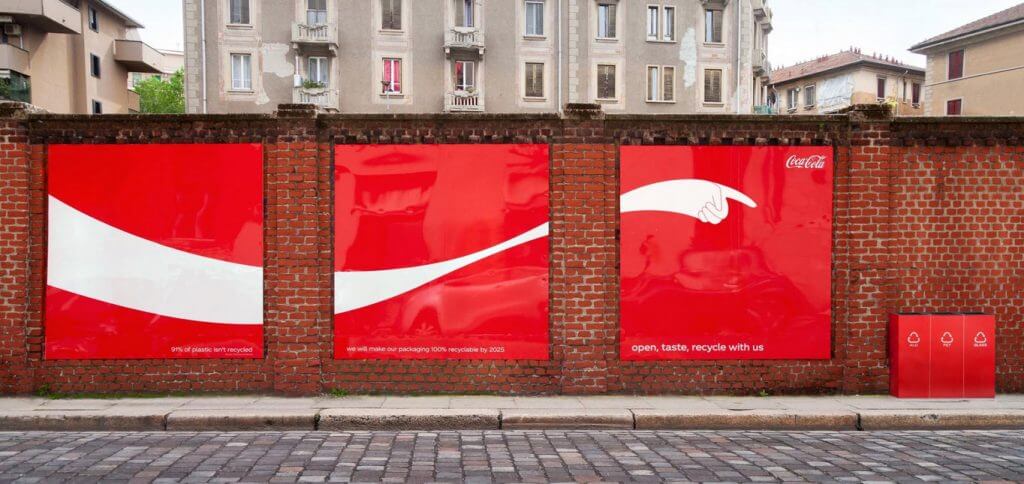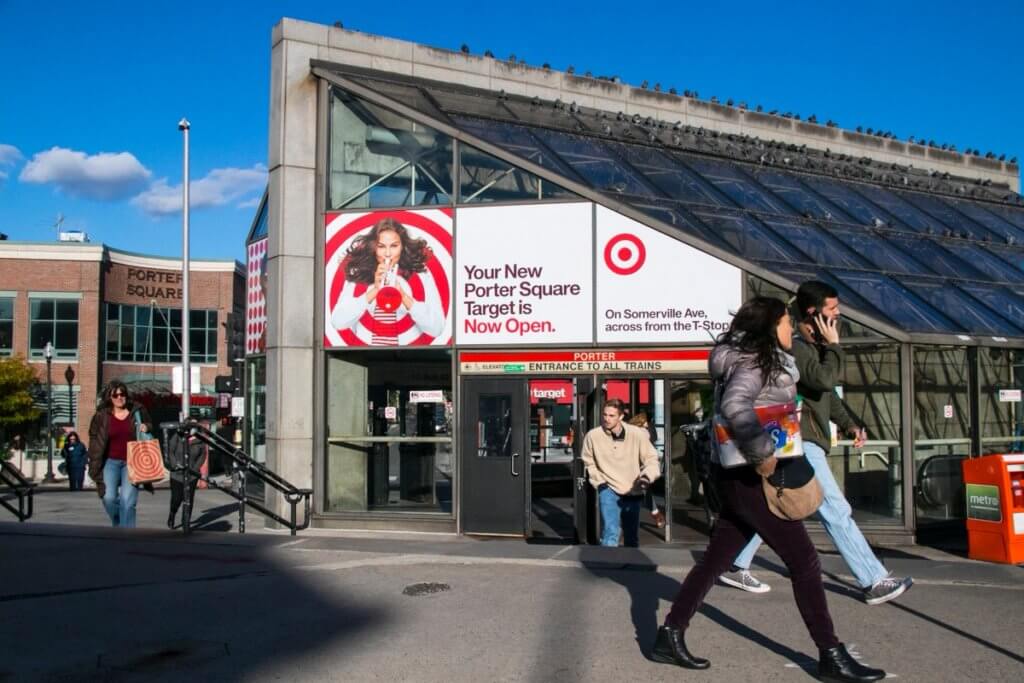
According to Statista, the Fast-Moving Consumer Goods (FMCG) market is the largest in the United States, with an estimated market value of $635 billion. This is why players in the FMCG market compete aggressively in advertising to showcase why and how their products are the best in the market. Today, there are over 343,106 billboards on display in the US by household brands, such as Walmart, Target, Costco, Best Buy, etc., who effectively use them to reach a mass audience and stay top-of-mind to consumers. In 2020, roughly 9% of revenue for billboard and outdoor advertising in the US comes from retailers. More specifically, a study conducted by IBIS shows that Texas, New York, Florida, and California make up more than one-third of the business concentration for billboard and outdoor advertising compared to the rest of the US.
Why is Outdoor Advertising Better than Online Ads?
As of 2019, roughly 25% of Internet users in the United States use ad blockers on their devices. This figure primarily consists of the Millennial age group (people who are between 22 to 38), and are the targeted customers of FMCG players. With ad blockers that make it impossible to reach your target market, outdoor advertising, such as mobile billboards or truck-side advertising, presents the perfect solution to your advertising dilemma. By using truck-side ads, brands can reach a wide range of audiences at a fast rate, thereby increasing brand and product awareness among potential customers. Furthermore, the cost incurred using truck-side advertising per thousand impressions are generally lower than other forms of advertising. Upon using retargeting strategies that target those who have already been exposed to outdoor advertising, conversions will rise.
Innovative Billboards and Outdoor Advertising by Retailers
IKEA’s Steps Campaign
IKEA, a Swedish company that sells ready-to-assemble furniture all over the world, launched the “Steps” campaign in southeast London. IKEA installed billboards with the exact amount of footsteps and public transportation routes to access its Greenwich store. The objective of this campaign was to promote eco-friendly behaviour and to endorse the store’s use of renewable energy, rainwater collection systems, and a roof garden. Staying on top of the eco-friendly consumer trend, this campaign worked to advertise IKEA as a sustainable brand that leaves as minimal of a carbon footprint as possible. IKEA’s use of outdoor advertising proved to be a success as it raised awareness about its brand, not only in southeast London, but around the world.
McDonalds “Follow the Arches” Campaign
McDonald’s partnered with Cossette to create the “Follow the Arches” campaign in Canada. McDonald’s installed billboards with a portion of their golden arches logo giving directions to their nearest restaurant location. Their Regional Marketing Supervisor explained that the intention to use only a part of their logo to give directions was to show how the iconic Golden Arches were easily recognizable, even when only a portion of the logo was displayed. The billboards were installed all over Canada, from major cities to small towns, creating brand awareness with such innovative content that made passers-by stop and stare, as well as encouraging engagement.
KitchenAid’s Matching Billboard
In 2019, KitchenAid, an American home appliance brand owned by Whirlpool Corporation, created a dynamic OOH billboard advertisement alongside the iconic CN Tower in Toronto. The color of the billboard changed to correspond with the color of the CN Tower every night and displayed the brand’s new baking mixer. This billboard became part of the landmark, and thus, KitchenAid integrated themselves seamlessly into a local brand in Torontonian consumers’ minds. The ad caused quite the stir across the city, winning two awards at the AToMiC Awards, Canada’s premier OOH award show, and was talked about in various online publications.
Coca-Cola’s “The Sign” Campaign

Coca-Cola launched “The Sign” Campaign in 2019 as a push to motivate the public to recycle more. The billboard designs have a ribbon that points out the nearest recycling bin. Coca-Cola communicated with its audience, urging them to take environmental action and promoting effective waste management. Through this campaign, the brand announced its mission to make their packaging 100% recyclable by 2025. The results of the campaign – the billboards caused a 85% recycling rate of Coca-Cola cans.
Why is Outdoor Advertising A Win for Retailers?

Billboards and outdoor advertising have the potential to reach a wide range of audience when compared to other forms of advertising. Additionally, billboards are able to blend into our outdoor surroundings and can’t be ignored. They also have a huge advantage when it comes to competition. In digital advertising, the same channel or medium can be used to display multiple ads from various companies. By contrast, traditional billboards are solely dedicated to advertising about one brand or product,hence, the audience is more likely to become familiar with the brand when they see the billboard ads repeatedly. The website mytotalretail.com conducted a study about the impact that billboards left on consumers; they found that stores saw a 36% increase in visitors after being exposed to an OOH ad. This number goes up to 111% when consumers are exposed to an OOH ad during 3PM to 6PM! Additionally, 47% of visits occurred within a day when customers came in contact with OOH advertisements and in total, stores saw an increase of 45,000 additional visits.
These numbers prove to break the most common myths about OOH advertising. One of the common misconceptions about outdoor advertising is that it cannot be used to target a specific group of audience or customers, but in reality, with careful planning and strategically placing mobile billboards at a specific location at a specific time, OOH will yield unmatched results. For instance, if a retailer wants to promote baby products, they can place their mobile billboards near hospitals during the daytime when expecting mothers visit their doctors for check-ups or at suburb locations where they probably reside.
Out-of-Home Advertising AND Digital Advertising
Ever since the emergence of digital advertising, advertisers have perceived it as a replacement for OOH advertising. However, using both the traditional and digital mediums can help companies increase their number of impressions and conversions. Re-targeting OOH viewers leads to greater online click-through rates. Nielsen’s OOH advertising study reported that more than 60% of smartphone users are driven to take action after seeing an OOH ad.
Conclusion
Effective and innovative billboards and outdoor advertising with precision retargeting can help achieve higher impressions and conversion rates. With outdoor advertising estimated to grow post-pandemic, retailers making use of this medium will be able to reach beyond their advertising goals.


